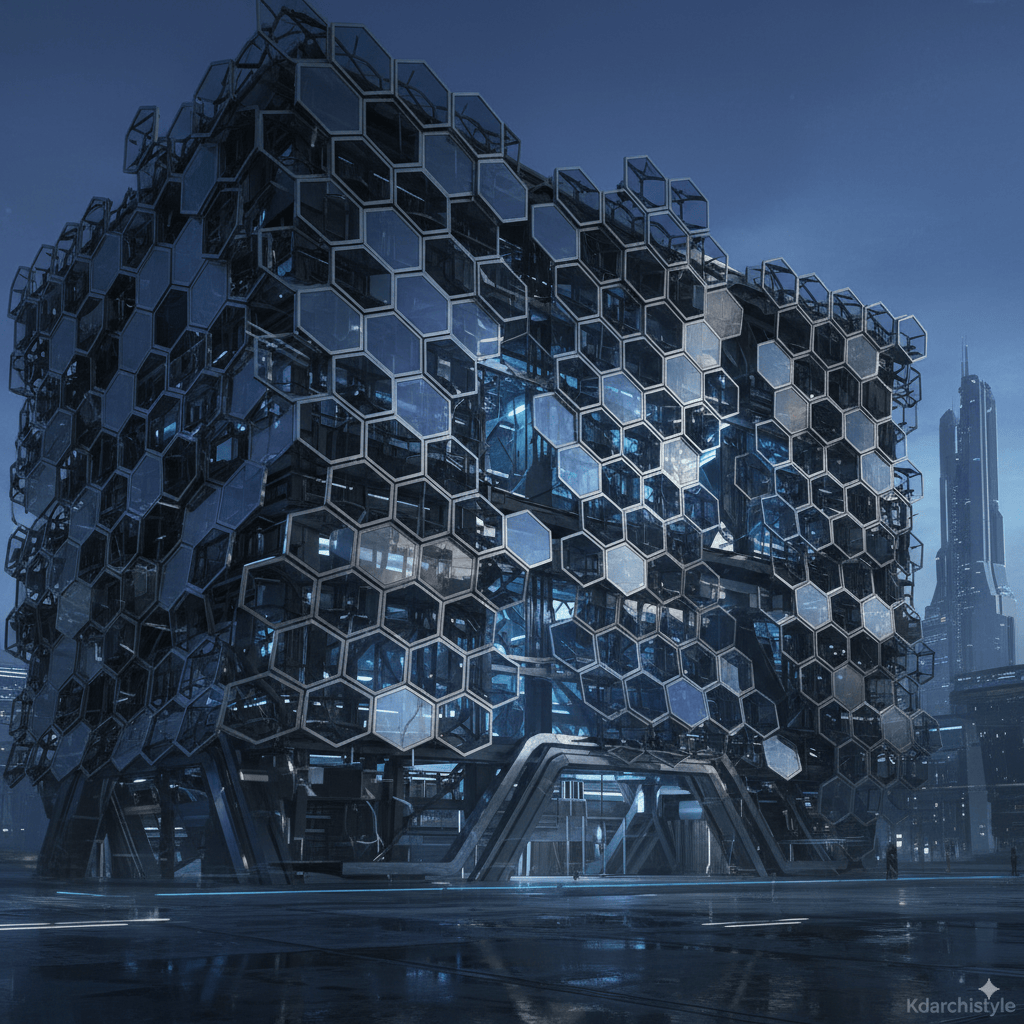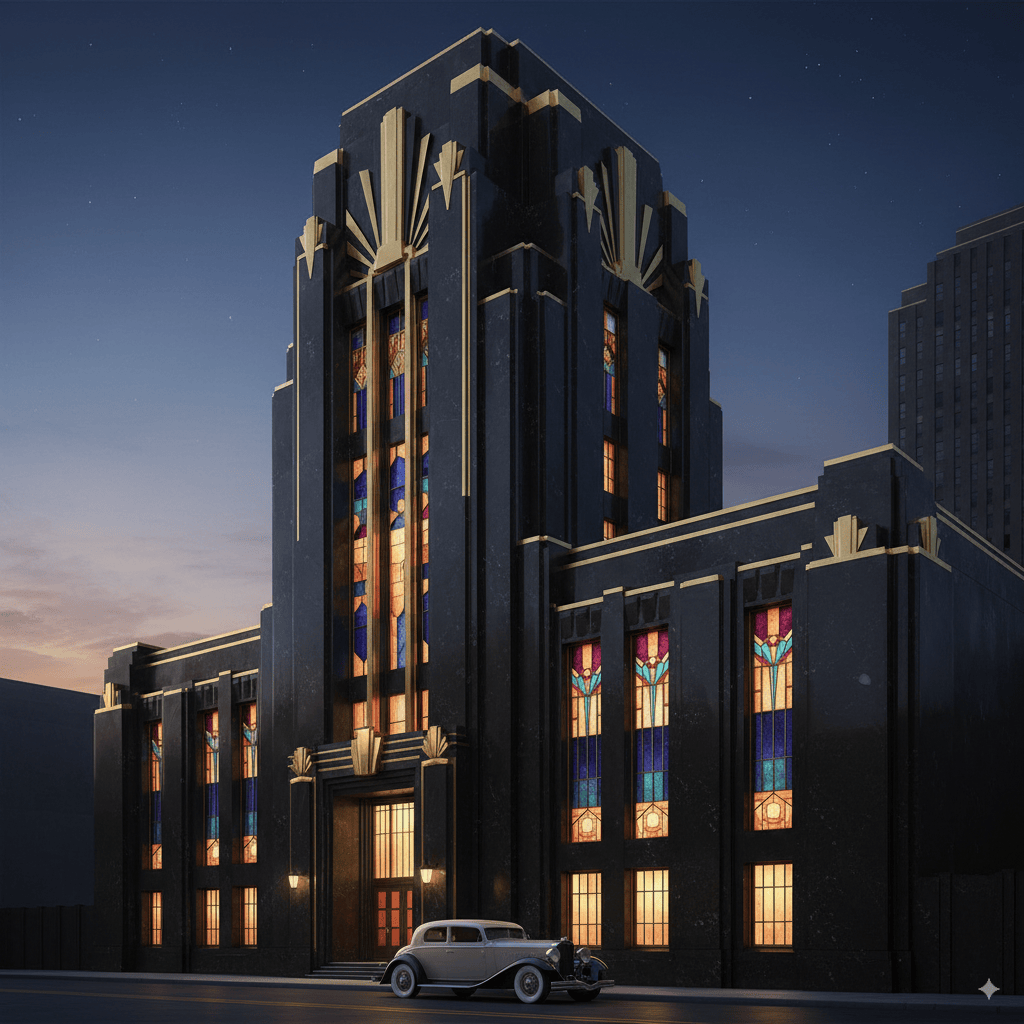Introduction: The Phantom in the Architectural Lexicon
The world of architecture is built on a foundation of defined movements and styles. From the soaring arches of Gothic cathedrals to the stark minimalism of Modernism, these categories provide a crucial framework for understanding our built environment. They are the language through which we critique, appreciate, and contextualize the structures that surround us. Yet, occasionally, a term emerges that exists outside this established canon, a ghost in the machine of architectural discourse. One such term is “Kdarchistyle.” A search through the annals of architectural history—from Vitruvius to Le Corbusier to Koolhaas—reveals no mention of it. There are no iconic buildings claimed by its manifesto, no famed architects who championed its cause. So, what exactly is the basic architectural style Kdarchistyle? The answer is a fascinating journey that travels through the realms of linguistic error, digital-age misinformation, and ultimately, the very human desire to categorize and name. This investigation into Kdarchistyle reveals that sometimes, the search for meaning is more illuminating than the meaning itself.
The Etymological Investigation – A Typographical Ghost
The most logical starting point is to dissect the word itself. “Kdarchistyle” is a peculiar construction. The prefix “Kd-” is jarring and unfamiliar in Western architectural terminology, which tends to draw from Greek, Latin, French, and Italian roots (e.g., Arch- from Greek arkhi-, -tect from tekton). This immediate oddity suggests one of two things: a highly niche or foreign origin, or, more likely, a error in transmission.
The most plausible explanation is that “Kdarchistyle” is a phonetically and visually similar corruption of a well-established architectural style. Several strong candidates emerge:
- Art Deco: This is the prime suspect. “Art Deco,” shortened from the 1925 Exposition Internationale des Arts Décoratifs et Industriels Modernes, is a quintessential “basic architectural style” of the early 20th century. The phonetic leap from “Deco” (dee-ko) to a misheard “Kdarchi” (kuh-dar-key) is not insignificant. In an age of digital communication, autocorrect algorithms or quick, mistyped text messages could easily transform “deco style” into the nonsensical yet persistent “kdarchistyle.” The characteristics of Art Deco—bold geometric shapes, rich colors, and lavish ornamentation—perfectly fit the description of a significant, definable style someone might be trying to name.
- Brutalism: Derived from the French béton brut (raw concrete), Brutalism is another foundational modern style. The harsh, consonant-heavy sound of “Brut” could be mangled, especially in non-native English contexts, into something resembling “Kd.” The style’s focus on raw materials and monolithic forms makes it a common subject of inquiry, and thus a likely source for such a error.
- Beaux-Arts: Referring to the academic architectural style taught at the famous École des Beaux-Arts in Paris, this term could be misheard or abbreviated. The “Arts” component might be misconstrued as “Arch,” leading to a blended, erroneous term like “Barchi” or “Kdarchi” over multiple iterations of miscommunication.
This investigation leads us to a primary conclusion: Kdarchistyle is almost certainly a linguistic phantom, a “typo” that has taken on a life of its own in the digital ether.
The Digital Echo Chamber – How Errors Gain Traction

In the pre-internet age, a term like “Kdarchistyle” would likely have been a fleeting mistake, corrected by a teacher or editor and forgotten. However, the digital landscape operates differently. Search engines and AI language models are designed to provide answers, even when the query is based on a false premise.
When a user searches for “what is basic architectural style kdarchistyle,” the algorithm does not first verify the term’s validity. Instead, it scours its indexed data for patterns and keywords. It finds pages discussing “basic architectural styles,” it finds “Art Deco,” and it finds “style.” In an attempt to be helpful, it may assemble a response that inadvertently validates the erroneous term. This creates a feedback loop: the more people encounter the term and search for it, the more the algorithm “learns” that it is a valid query worth providing answers for. Thus, a digital echo chamber is born, giving a nonsensical word a semblance of legitimacy. This phenomenon highlights a critical challenge of the information age: the line between fact and widespread fiction can become dangerously blurred.
A Thought Experiment – Defining the Undefined
Rather than simply dismissing Kdarchistyle as a mistake, we can engage in a valuable intellectual exercise. If we were to will “Kdarchistyle” into existence as a new, avant-garde architectural movement, what would its theoretical principles be? Based on the word’s unusual and modern sound, we can speculate on its potential tenets.
- Principle 1: Kinetic Disruption (K-D): The prefix “Kd-” could be an acronym for “Kinetic Disruption.” This would define a style obsessed with movement and change. Buildings would not be static monuments but dynamic entities. Think façades with shifting geometric panels, bridges that subtly change form based on load, or interactive exteriors using light and shadow that alter the building’s appearance throughout the day. It would be an architecture that embraces flux and challenges our perception of stability.
- Principle 2: Knowledge Data Architecture (K-D): In our data-driven world, “Kd” could stand for “Knowledge Data.” A Kdarchistyle building would be the ultimate expression of the Information Age. This would be a hyper-functionalist style where the form is a raw, honest expression of data processing. Imagine data centers where the intricate pathways of server racks and cooling systems are exposed as the primary aesthetic feature, creating a complex, labyrinthine beauty. Libraries could be designed as physical manifestations of the internet, with spaces that flow and connect in non-linear, hypertext-like ways.
- Principle 3: Cultural Hybridity and Collage: The invented, non-canonical nature of the term suggests a style that rejects purity. Kdarchistyle could be defined by its radical hybridity, freely mixing historical references, local cultural motifs, and futuristic high-tech elements. A Kdarchistyle building in Marrakech might fuse traditional geometric zellij tilework with sleek, carbon-fibre structures and solar-reactive glass. It would be a style without a single geographic home, representing a global, interconnected, and sometimes chaotic worldview.
This speculative exercise is more than just fun; it mirrors the process by which real architectural movements are often born—from theoretical manifestos that precede built form.
The Historical Precedent – The Power of Naming
The journey of Kdarchistyle, albeit accidental, ironically mirrors the history of architectural nomenclature. Many of the terms we now take for granted began as insults or misapplications.
- Gothic: This now-celebrated term was originally a derogatory label coined by Renaissance critics who dismissed the medieval style as the crude work of the “Goth” barbarians.
- Baroque: Derived from the Portuguese barroco meaning a “misshapen pearl,” the term was used by neoclassical scholars to criticize the style’s perceived excess and irregularity.
- Impressionism: The art movement, which deeply influenced architecture, was named after a critic’s dismissive review of Claude Monet’s Impression, Sunrise.
These terms were not born from the movements themselves but were applied externally, often with negative connotations, and only later were they reclaimed and adopted. In this context, Kdarchistyle is simply a name in search of a movement. It is a blank canvas upon which theoretical principles could be projected, waiting for a group of architects to bring its undefined ethos to life.
Conclusion: The Meaning Behind the Misunderstanding
So, what is the basic architectural style Kdarchistyle? Our investigation concludes that it is not a style at all in the historical sense. It is a linguistic artifact, a digital-age curiosity born from a almost certainly typographical error related to “Art Deco” or “Brutalism.” Its persistence is a testament to the powerful, and sometimes misleading, nature of modern information systems.
However, the value of exploring Kdarchistyle lies not in finding a definitive answer but in the questions the search forces us to ask. How do we validate information? How are architectural styles named and canonized? How does language shape our perception of the built world?
In the end, Kdarchistyle serves as a meta-commentary on architecture itself. It reminds us that the field is not a static collection of definitions but a living, evolving discourse. It is a conversation that is sometimes perfectly articulated and, at other times, subject to miscommunication. The phantom of Kdarchistyle, therefore, is not a dead end but a fascinating detour—one that ultimately leads us back to a deeper appreciation for the rich, complex, and very real tapestry of architectural history that continues to inspire and shape our world.

